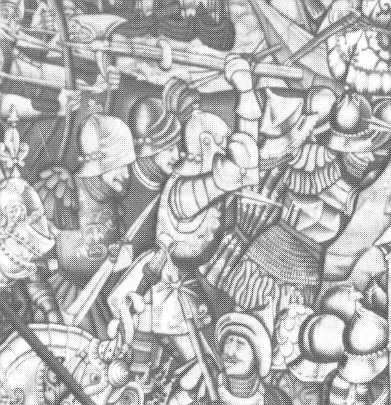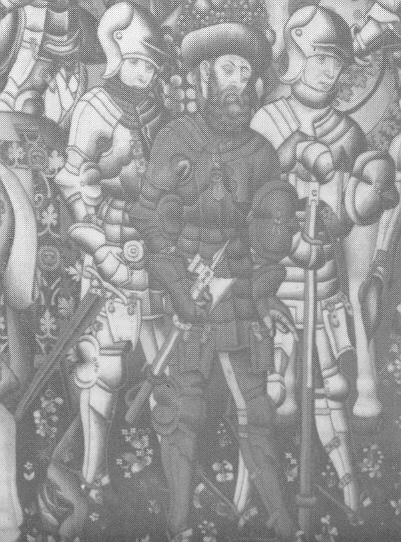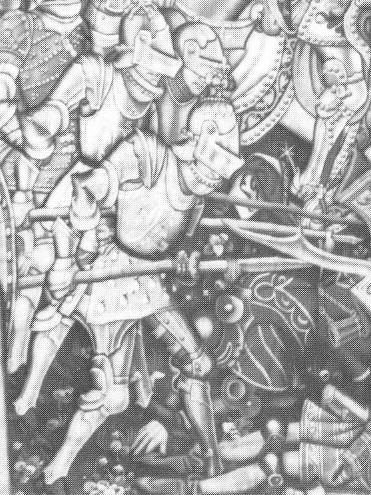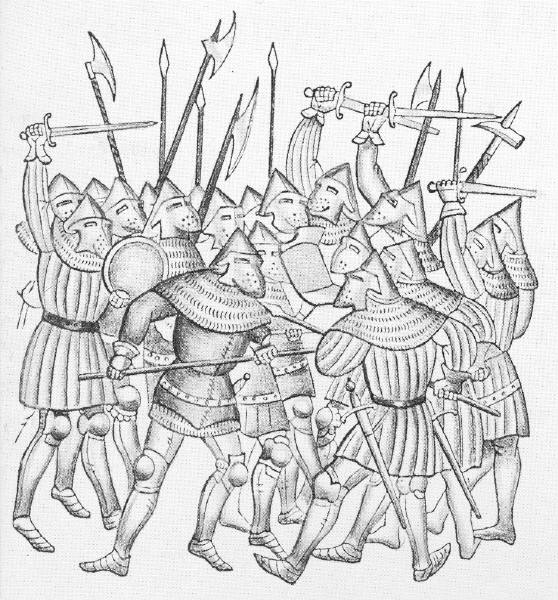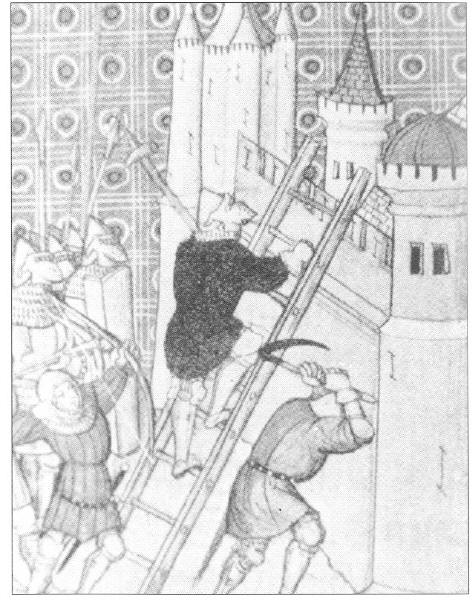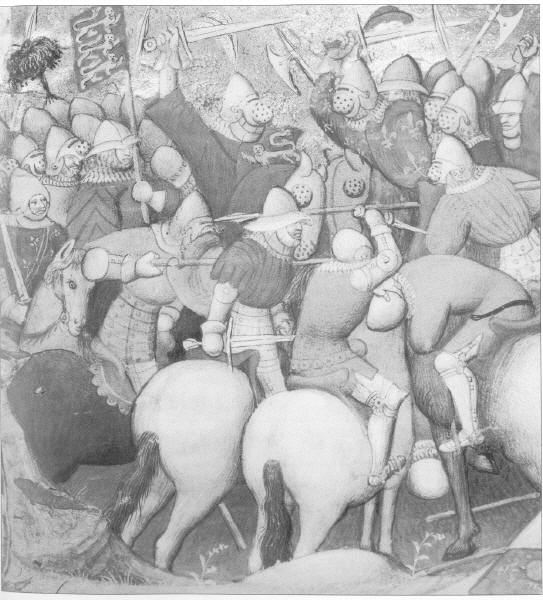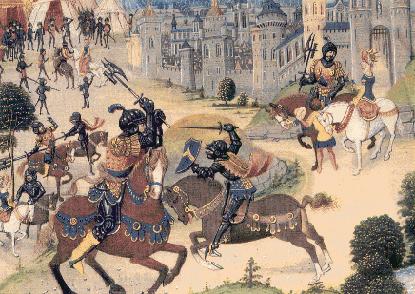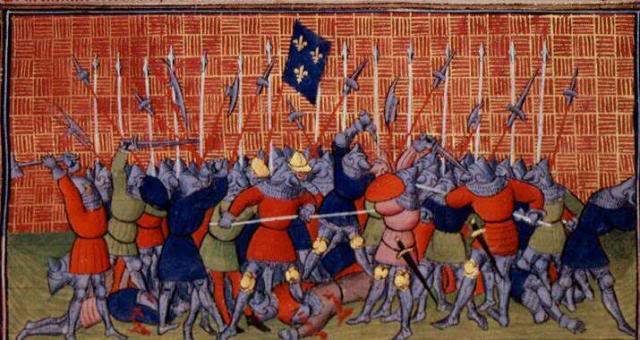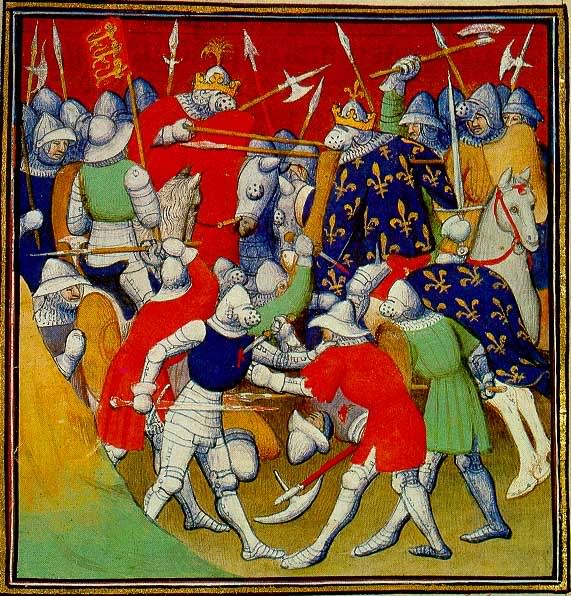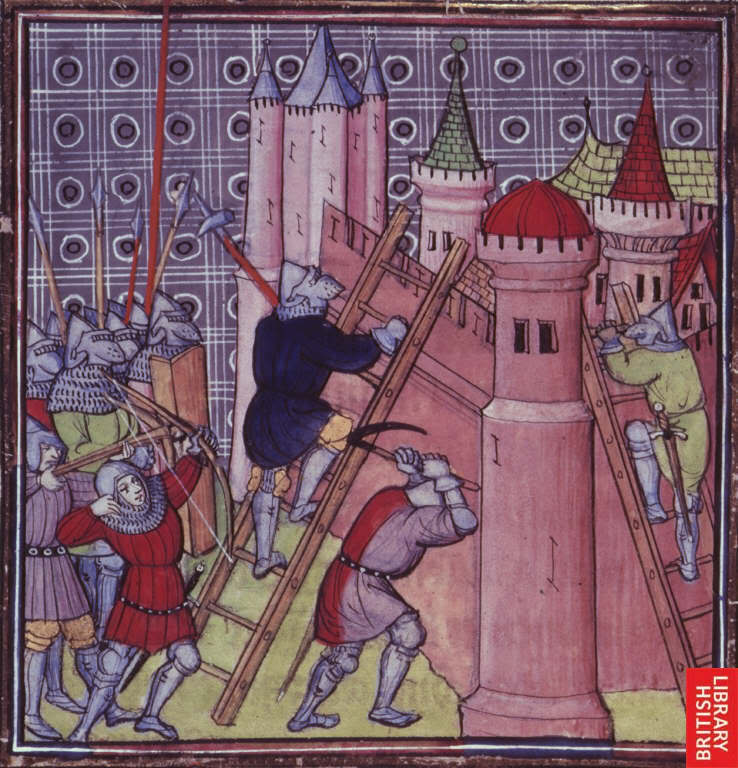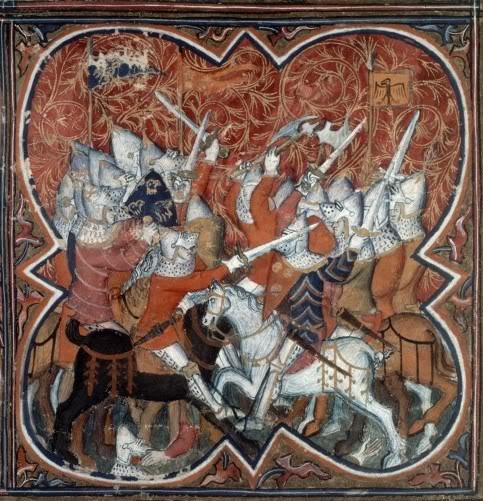| Daniel Staberg wrote: | ||
I've already provided such sourcing, I'll repeat it again. The Bretton 15th Century instructions on how troops were to be armed, Indetures for english men-at-arms serving in France during the 15th Century, works of art, (Rous roll, the Caesar tapestries, 15thC editions of Froissart, Schilling Chronicle and so on). The research of Andrew Boardman, David Edge, Paul Knight and Crhistopher Gravett all show the poll axe in battle field use among the French and English men-at-arms. Waldman is obviously looking at the Swiss and to some extent German praticies which were diffrent fromt he Anglo-French ones. The Halberd was for a long time only in mass use in Switzerland and througout parts of Germany while other pole arms were favoured in other parts of Europe. The halberd only became a common sight all over europe in the last decade of the 15th Century and the early 16th Century. The Swiss didn't have a lot of men-at-arms and the German men-at-arms never adopted the habit of fighting on foot as the French and English did hence the pole axe would not have been a common a weapon in those areas and there it might very well have been used only in judical duels or in chivalric displays in the lists. |
I'm sorry Daniel I must have inadvertantly overlooked your sourcing in your initial posts. I have no idea how difficult 15th century additions of Froissart are to come by but I'll check. For the more modern stuff I was hoping for a reference to a specific book or article but the names of the authors will do I'll see what I can find. It's a bit of a disappointment to me that Waldman would myopically focus on what the Swiss were doing especially since he never states that as far as I recall, but I'll be happy to find some research that would reinstate the pollaxe as a battlefield weapon.
